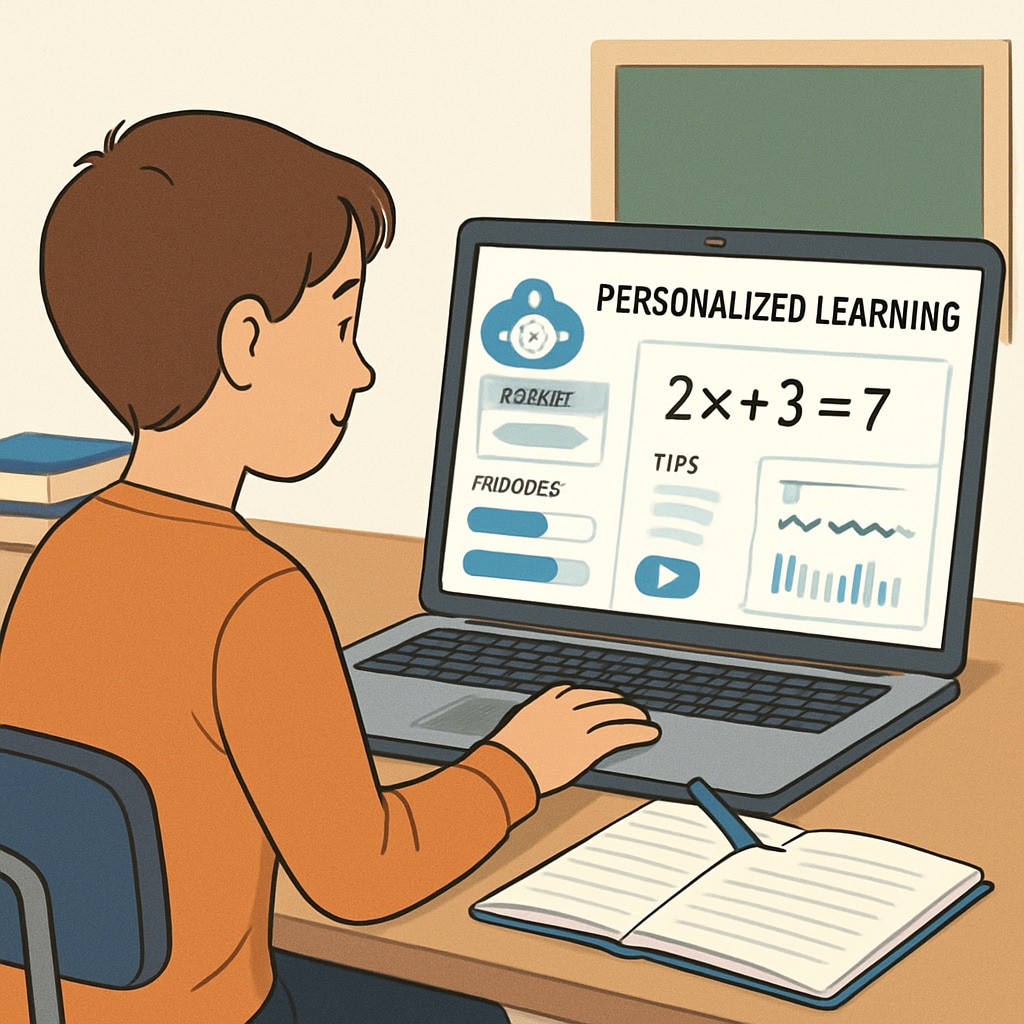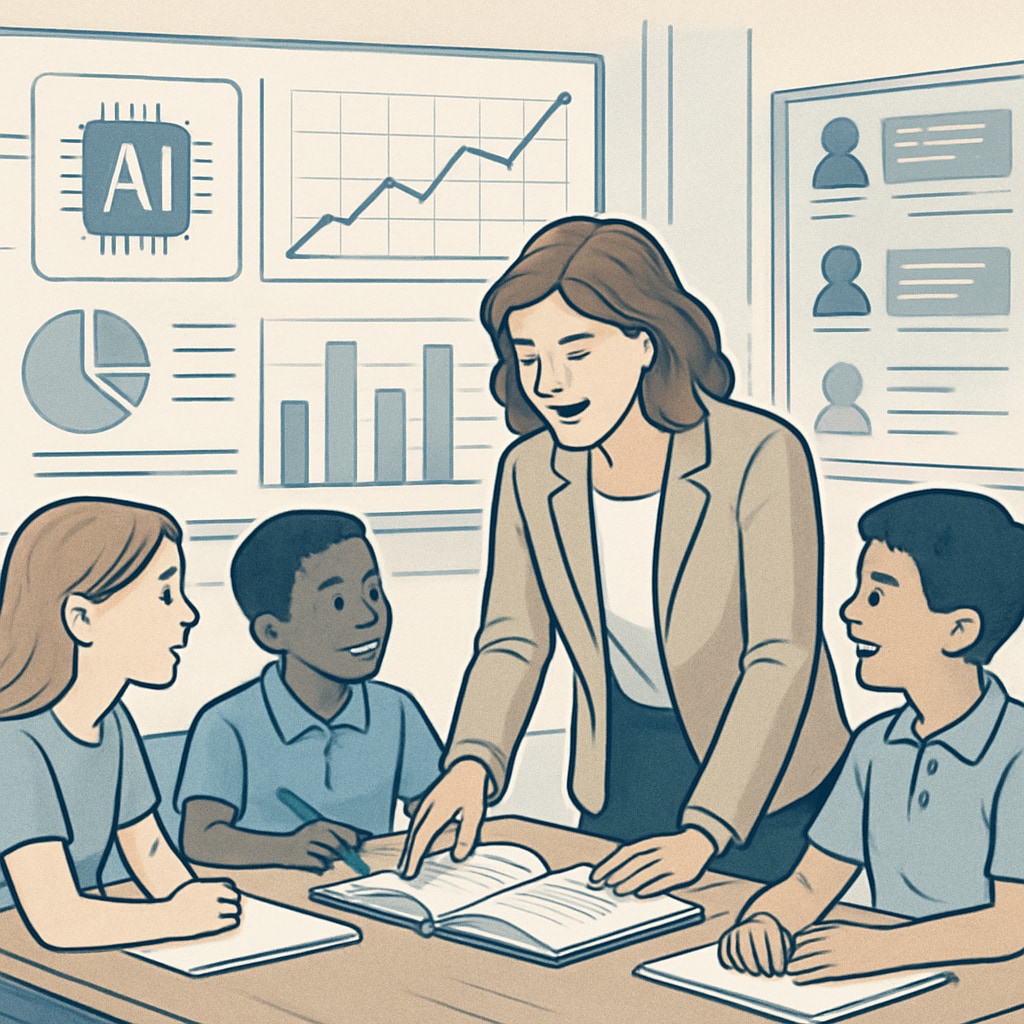Artificial intelligence has become a driving force of innovation, and its impact on school education is becoming increasingly evident. The future of K12 classrooms will be profoundly influenced by AI, reshaping personalized learning, the role of teachers, and assessment methods. In this article, we will explore five transformative changes AI is bringing to education, and how educators and parents can prepare for these developments.
AI and Personalized Learning: A Tailored Approach
One of the most significant contributions of AI to education is its ability to create personalized learning experiences. Traditional classrooms often follow a one-size-fits-all approach, leaving some students struggling while others excel. AI-powered tools, such as adaptive learning platforms, can analyze individual student performance and adjust content to match their unique needs and pace. For example, platforms like intelligent tutoring systems provide customized exercises and real-time feedback.
As a result, students receive targeted support, improving both engagement and outcomes. This tailored approach not only benefits struggling learners but also challenges gifted students to reach their full potential.

Redefining the Role of Teachers
While AI tools are enhancing the learning process, they are not replacing teachers. Instead, AI is reshaping their roles. Teachers are transitioning from being the sole providers of knowledge to becoming facilitators and mentors. For instance, AI can handle repetitive tasks like grading, freeing up educators to focus on more meaningful interactions with students.
Moreover, AI can offer insights into classroom dynamics by analyzing data on student performance. This allows teachers to identify patterns, such as students who may be at risk of falling behind, and intervene proactively.

Innovative Assessment Practices
Assessment is another area where AI is having a transformative impact. Traditional tests often fail to capture the full spectrum of a student’s abilities. AI-based assessments can evaluate a broader range of skills, including critical thinking, creativity, and collaboration. For example, automated essay scoring systems analyze the structure, grammar, and content of writing assignments, providing instant feedback.
Additionally, AI can track long-term progress through digital portfolios, offering a more comprehensive view of student development over time. This shift from standardized testing to dynamic assessment methods aligns more closely with the demands of the 21st-century workforce.
Creating Inclusive Learning Environments
AI is also helping to make education more inclusive. Tools like speech-to-text converters, real-time translation, and screen readers enable students with disabilities to access learning materials more easily. Furthermore, AI can support multilingual classrooms by providing instant translations, ensuring that language barriers do not hinder understanding.
By addressing diverse needs, AI is fostering an environment where every student has an equal opportunity to succeed.
Preparing Students for an AI-Driven Future
As AI becomes integrated into various industries, schools must prepare students for an AI-driven future. This involves incorporating AI literacy into the curriculum, teaching students not only how to use AI tools but also the ethical considerations surrounding them. For example, understanding data privacy and the potential biases in AI algorithms are essential skills for the next generation.
Additionally, fostering creativity, emotional intelligence, and problem-solving skills will be critical, as these are areas where humans excel over machines.
Conclusion: Artificial intelligence is revolutionizing K12 education in unprecedented ways, from personalized learning to innovative assessments. While the challenges of integrating AI are significant, the potential benefits far outweigh the risks. By embracing these changes and preparing students for an AI-driven world, schools can create a brighter future for the next generation.
Readability guidance: This article uses short paragraphs and lists to summarize key points. Transition words ensure flow, and long sentences are minimized to enhance readability. Images are strategically placed to complement the text.


